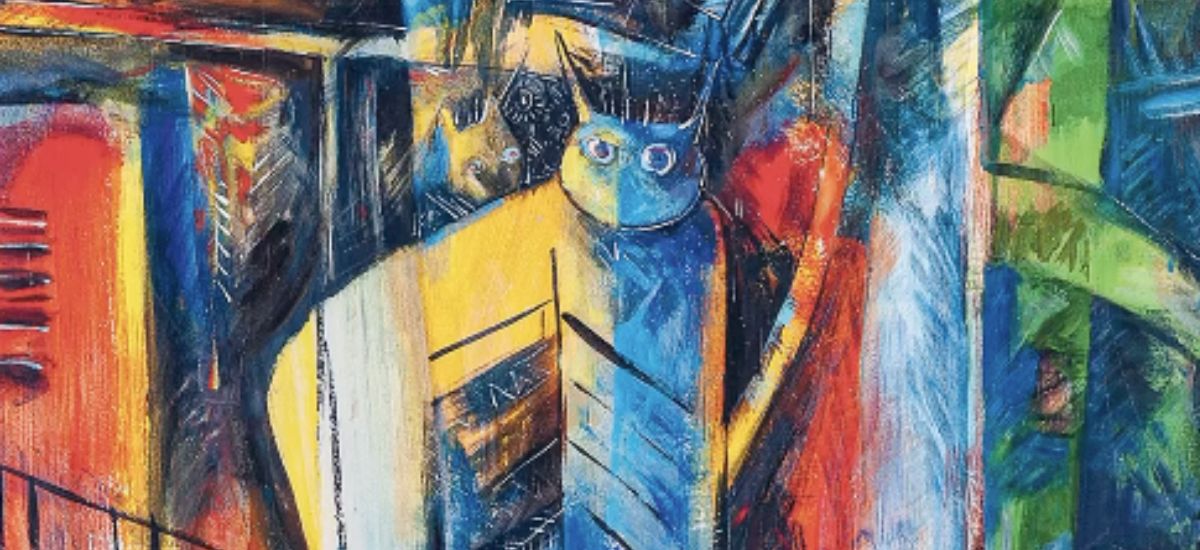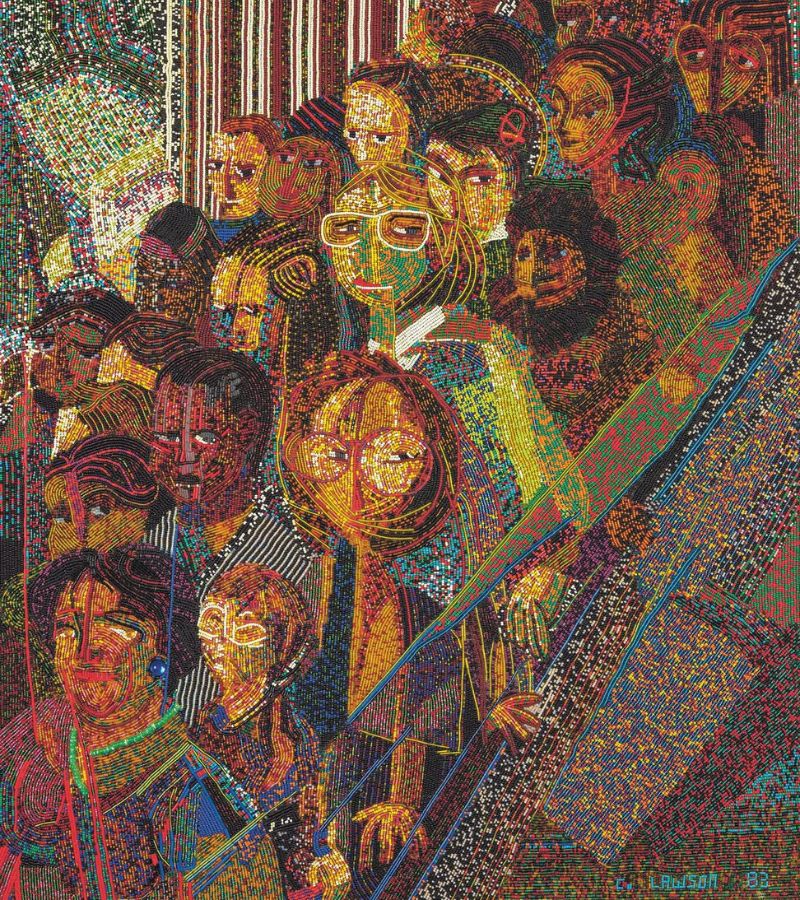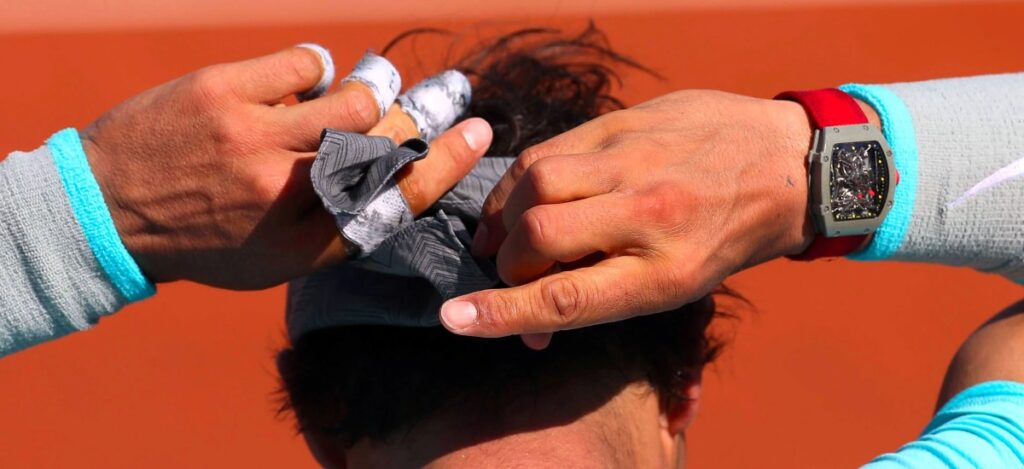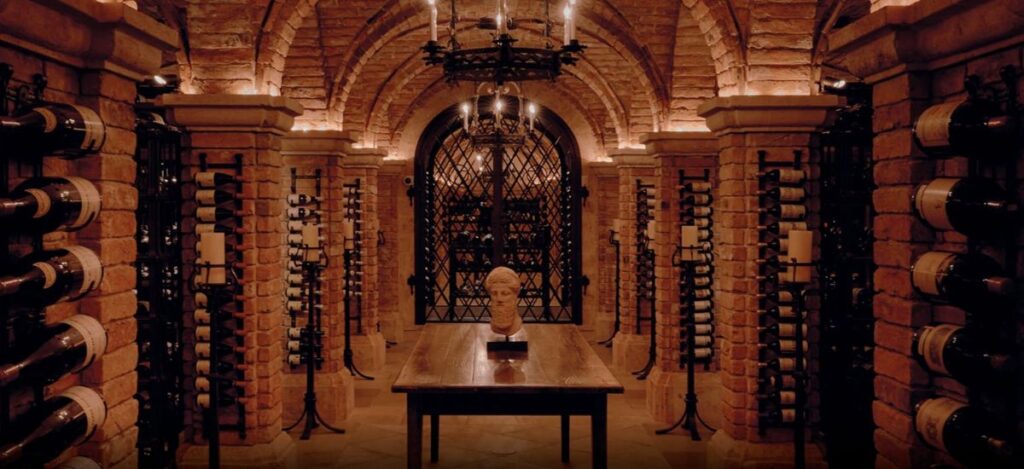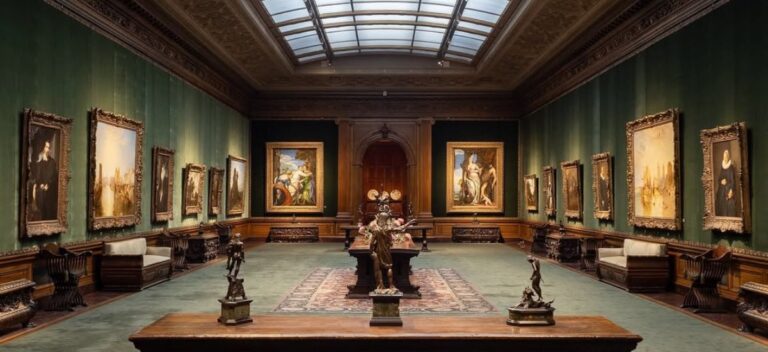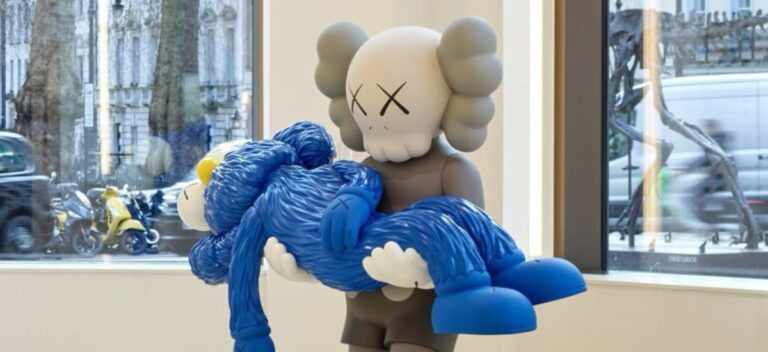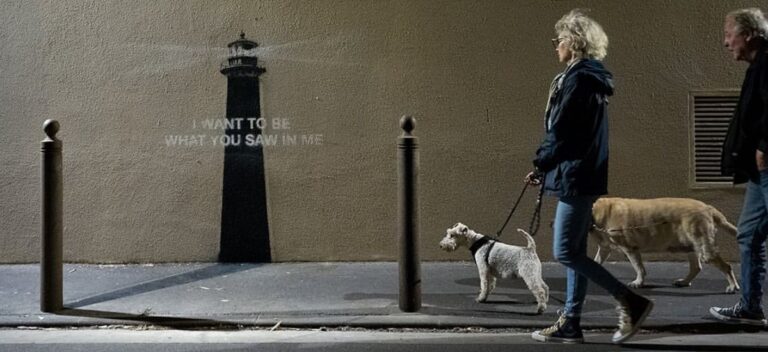In an unprecedented move, the Centre Pompidou presents Paris Noir: Artistic circulations and anti-colonial resistance 1950–2000, a landmark exhibition tracing the overlooked contributions of Black artists who found creative refuge—and challenges—in postwar Paris. Running in 2025, the show reclaims histories long absent from French institutional narratives.
A centerpiece of the exhibition is Georges Coran’s monumental Délire et paix (1954), an ink-on-cotton composition that radiates vibrancy and political resonance. On view publicly for the first time in 36 years, the painting captures the lush, charged interplay between “Delirium” and “Peace”—a fitting metaphor for the diasporic experience in France.

